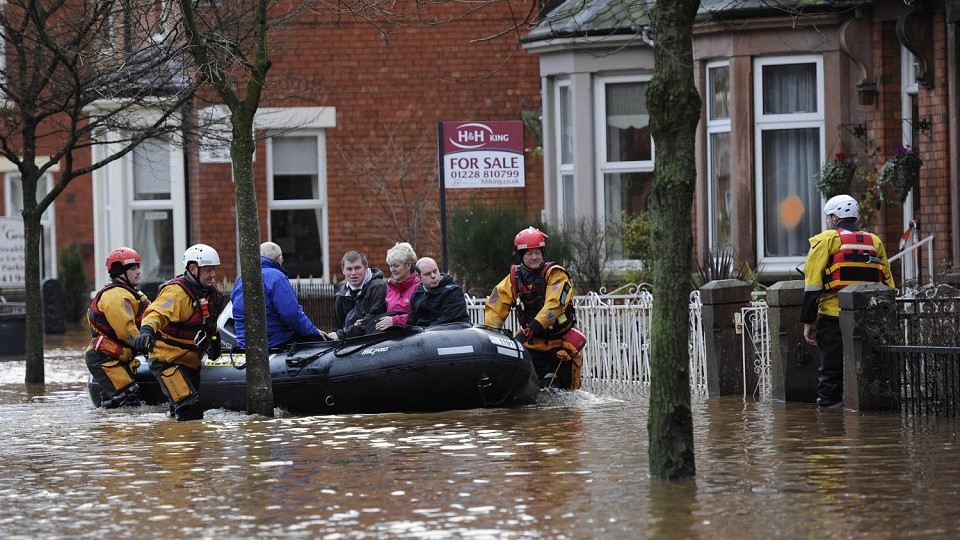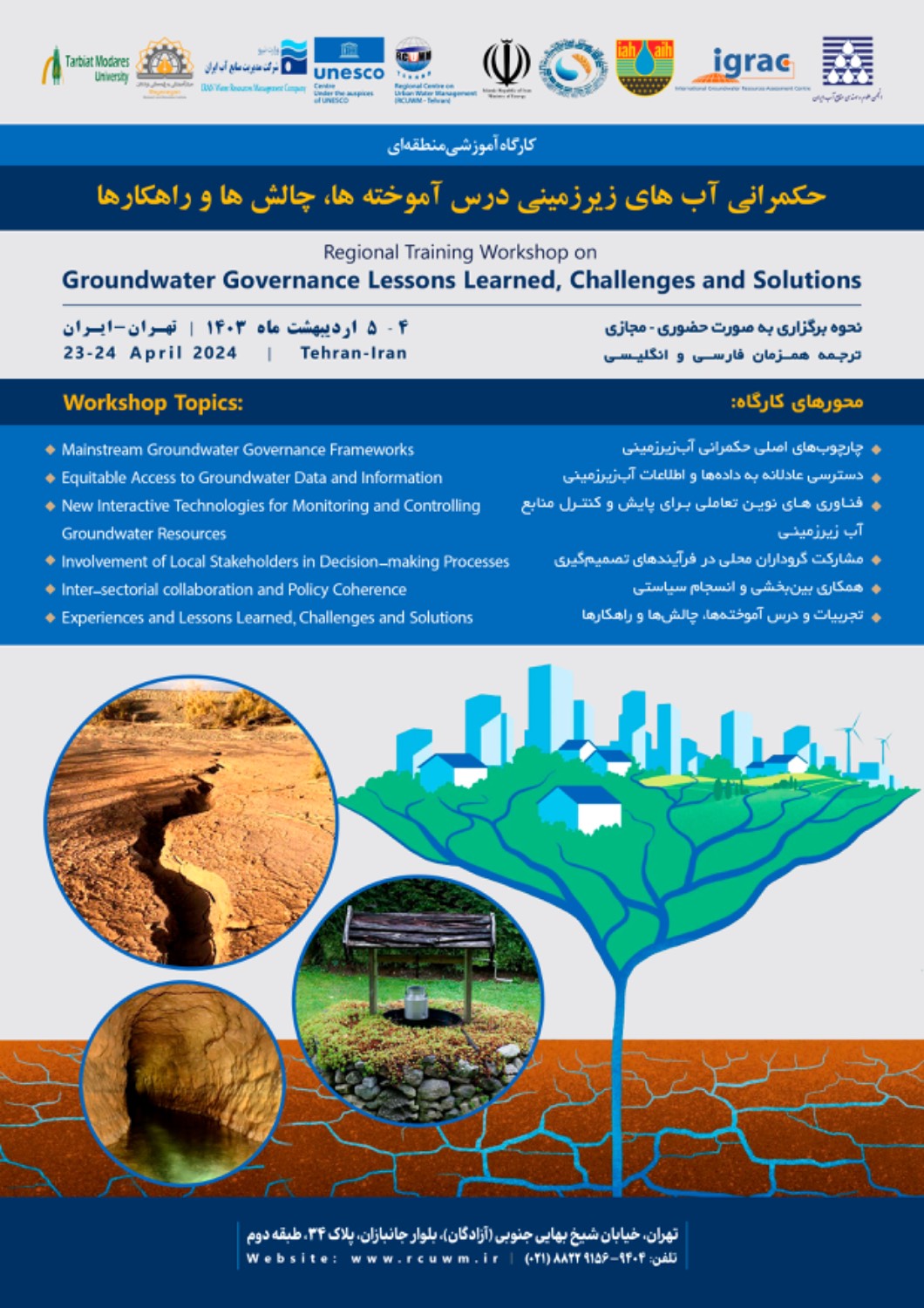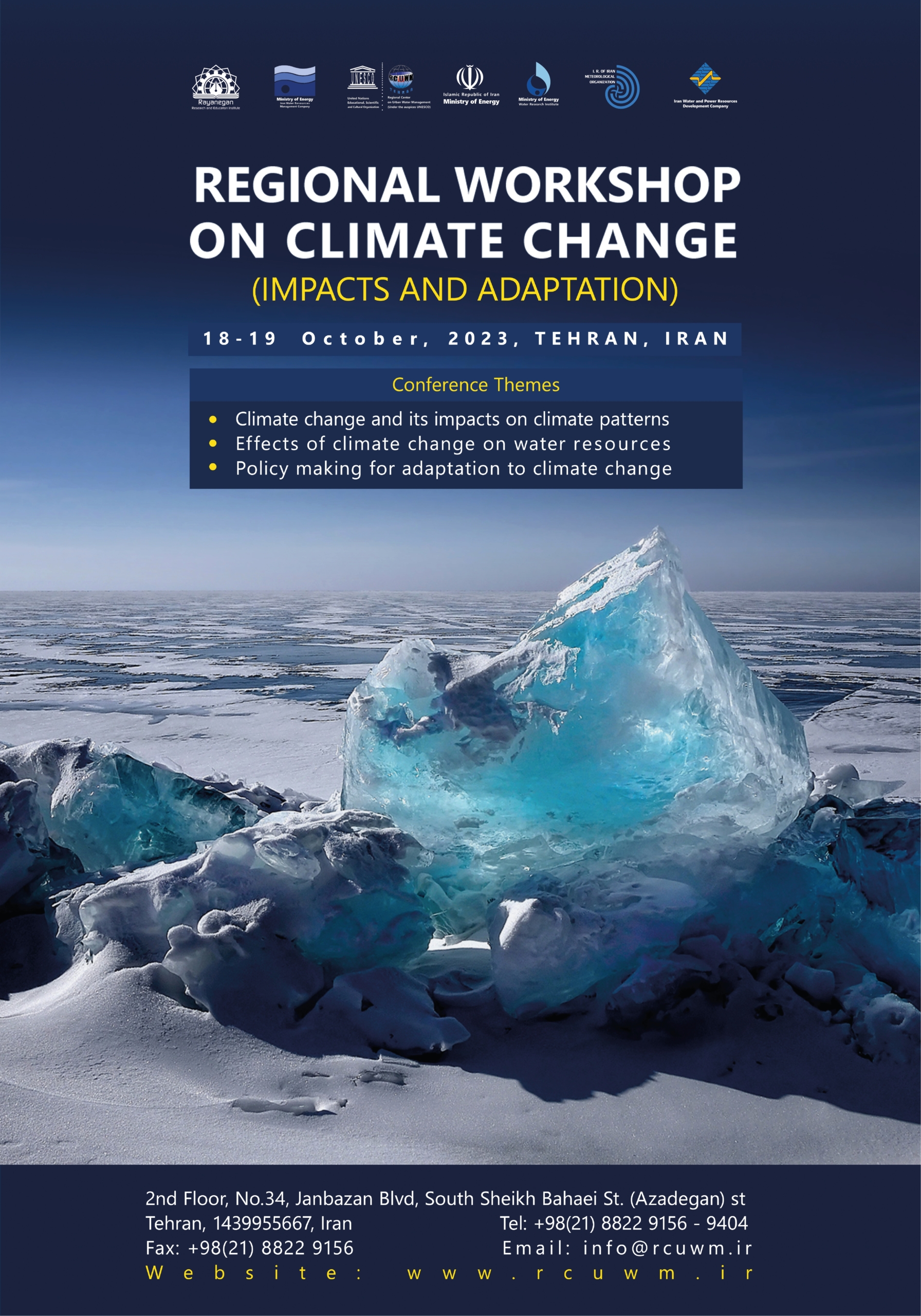Comparison of recent floods in Iran with the 2007 flood of Britain
Many authorities have been talking about recent floods inundations happening in March 2019 in Iran, comparing them with events in U.S.A or Japan. Regardless of these comparisons, political or not, if the scientific information leading to national flood report and decision-making is to be provided, the closest event to these recent floods are the ones happened in June and July of 2007 in Britain (England, Scotland and Wales).
The flood occurring in summer in Britain is similar to the recent flood in Iran in time of occurrence, numerous time extent of precipitation and intensity in a period of a month as well as the spatial extent and even in rescue and flight-fighting activities afterwards. It is of obvious that flooding and inundation in two adjacent basins with similar socio-economic and political status are completely different; nonetheless, vast similarities of Iran 2019 and Britain 2007 floods in the field of flood management, government, media and the military force engagement in rescue activities after flood, infrastructural facilities’ damages, and emergency management can be spotted.
In Britain, the cumulative volume of the flood in the duration of May to July 2007 had made it the highest rainfall depth recorded in time series so far. The average amount of precipitation had been estimated 140 millimetres which is twice the long-term one. In some areas, the precipitation had been received in 24 hours or less. Governmental and military organizations stated the rescue mission in summer of 2007 as “the biggest and the most unexampled rescue mission” in times of peace.
Subsequently by a month after these events, Prime Minister Sir Gordon Brown had an independent committee gathered through a command specifically for preparing a national report on the flood. This action similarly has been done by Iranian government too. National flood report had been gathered under the supervision of Mr Michael Pitt in different chapters namely assessing flood forecasts and warnings, root-cause analyses of intensified damage on structures, facilities and buildings and access roads, as well as infrastructural facilities of water and energy-related issues and media roles and news, also strengths and weaknesses of disaster management, rescue missions and immediate reconstruction.
Terms of reference and methodology of the 2007 summer flood report’s preparation and its results could be helpful for the independent committee forming in Iran. The laws of this report’s outcomes shall also be used for a national report in order to amend procedures, laws, and legislation on an Iranian-based approach.
The method used for this report is paragraph based with numbers, in which each paragraph indicates a finding, recommendation, fact, etc. without using extra statements. Terms of reference in this national committee are shown in pages 424 and 426 as appendices.
The following is a brief part of initial action taken by the prime minister form Wikipedia. This report has been gathered by Mr Michael Pitt as the head of the independent committee of “Flood and Water Management Act” as a finding of this report is presented.
“On 8 August 2007 Prime Minister announced that Sir Michael Pitt would chair an independent review of the response to the flooding. On 4 September of that year, the Cabinet Office website launched a comments page to let people affected by the flooding contribute their experiences to the review.
Michael published his interim report on 17 December 2007. In April 2010 the government passed the Flood and Water Management Act 2010, which implemented many of Sir Michael Pitt’s recommendations.





